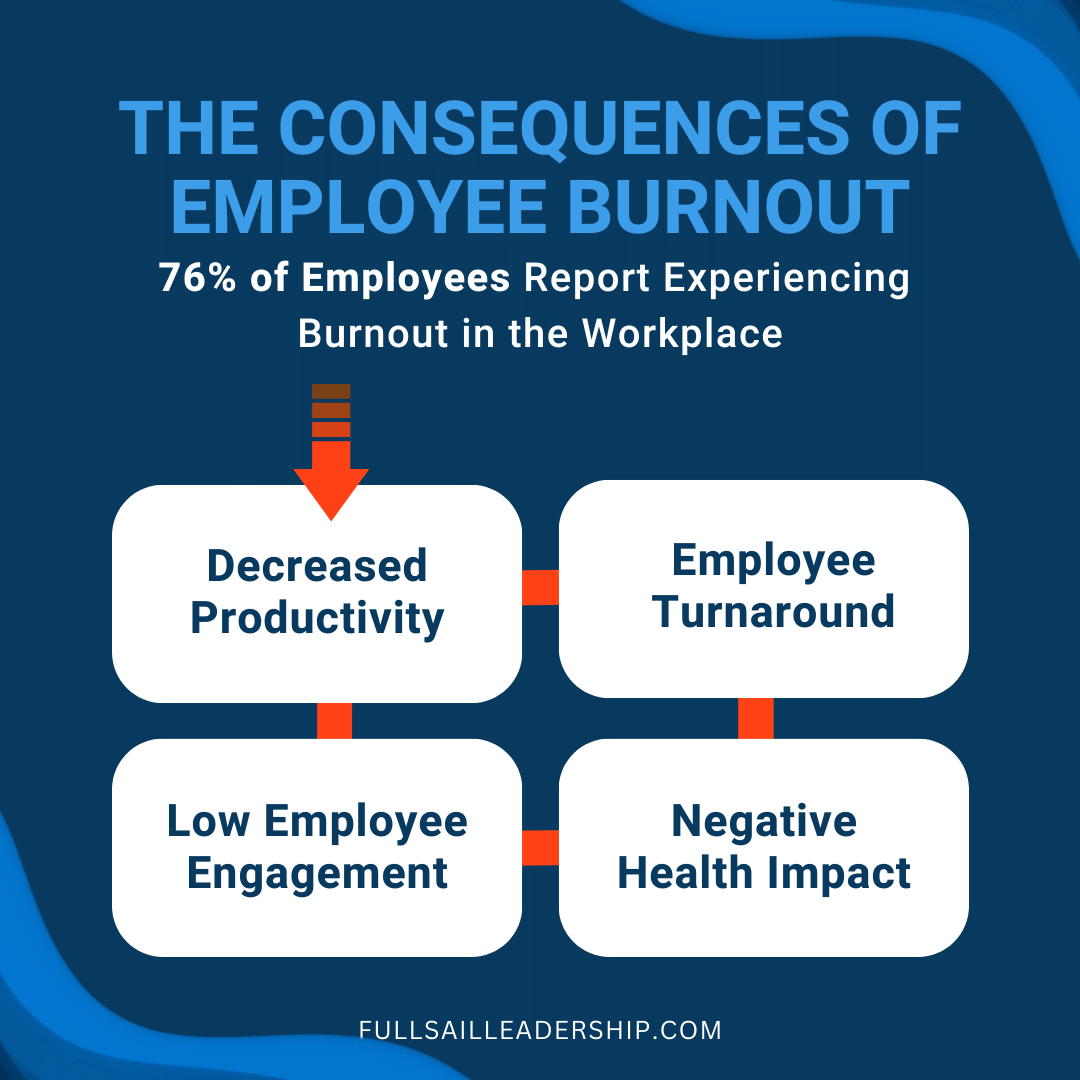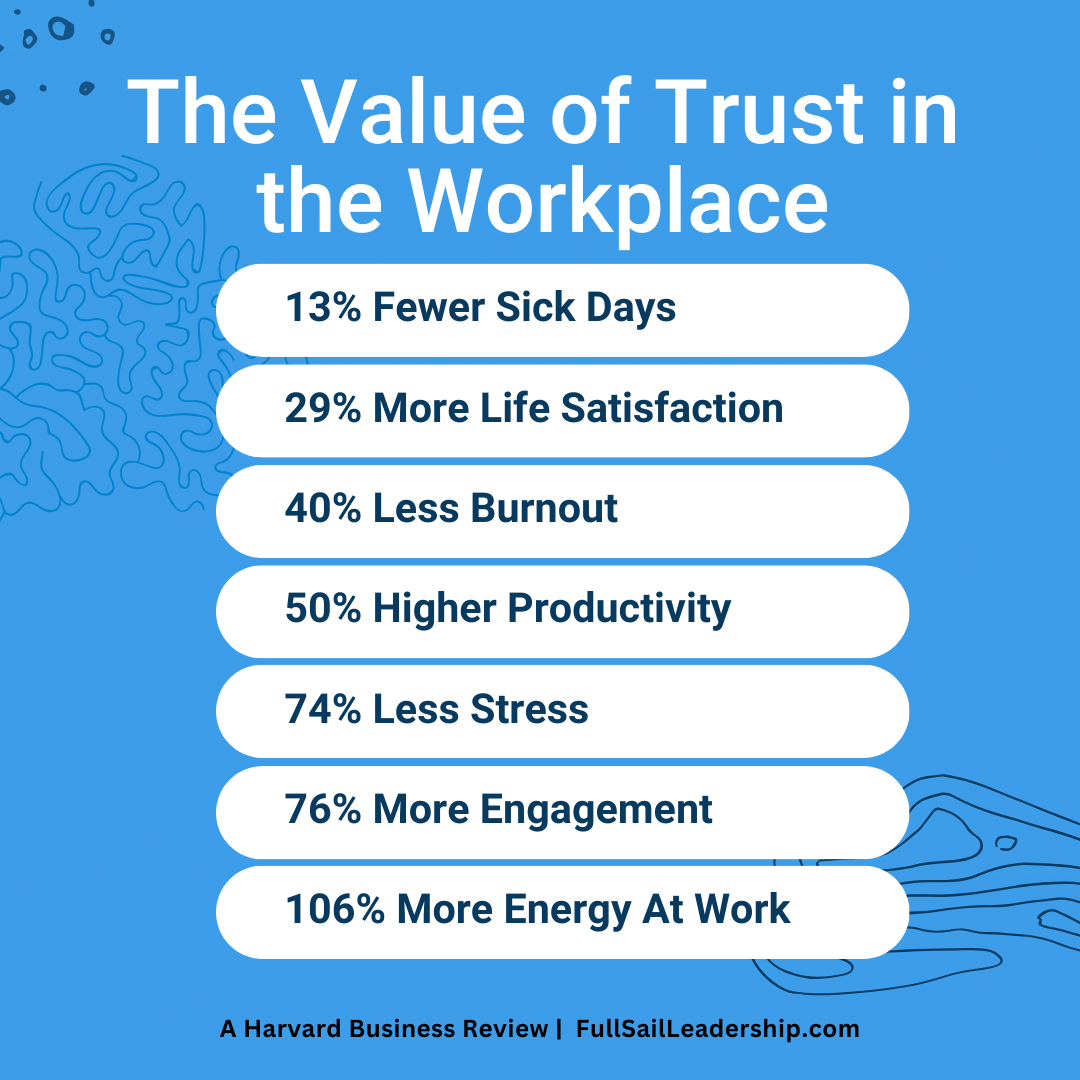How to Address Burnout in the Workplace and Make the World a Better Place
A clock, a cellphone, or a lightbulb – which do you think had the most significant impact on human history?
Some argue for the clock. From the second the sundial was invented, time could be measured and managed. Work was no longer limited to nature’s boundaries.
Others think the lightbulb should win the award. When people declared, “Let there be light!” work no longer needed to yield to the rhythms of creation.
Which makes the cell phone seem tame. Still, from 2007 onward, work would no longer be confined to a place.
Could it be that through all of this “progress,” humanity lost a part of its soul?
These technologies provide incalculable benefits: health, safety, relational connectivity, and more. Few people would want to turn back the clock to turn off the light.
And yet, the history-shaping advancements have come with unintended consequences.
Burnout culture is one of them.
People can work from home well past when the sun has set. Businesses can plow for progress through the winter seasons of rest.
Wise leaders must ask – what does our progress cost? It’s time to prioritize learning how to address burnout in the workplace.
Burnout in the Workplace Sabotages Progress
76% of employees report experiencing burnout. The consequences of employee burnout are massive. Business.com lists four:
- Decreased Productivity
- High Turnover Rate
- Low Employee Engagement
- Negative Health Impacts

And that’s just considering the impact burnout has on the workplace. Consider the cost for the community.
WebMD has found that employee burnout is linked to the following mental health issues:
- Anxiety
- Depression
- Distress
- Poor decision-making
- Shortened attention span
- Lack of motivation
- Negative or cynical outlook on life
When 76% of employees feel burned out, these consequences inevitably spill out. It pollutes your workplace and the neighborhoods and families your employees return to.
It’s time to face this ugly reality head-on. If you’ve ever wondered how to differentiate your brand – this is it.
Create a culture that respects the limitations of people’s humanity and submits to the rhythms of creation.
Here’s how.
Mitigating Burnout in the Workplace with Lessons from the Sea
“Slow is smooth, and smooth is fast.” This mantra comes to you courtesy of the Navy SEALs. You would do well to meditate on it and implement its wisdom into your business strategy.
Few organizations in the world work with stakes higher than the Navy SEALs. They engage in – and train for – life-or-death scenarios regularly. And that, not just for their lives. But for yours.
What do you think it means for slow to be smooth and smooth to be fast in your workplace?
When sailing on the sea, there are times when a crew needs a break but can’t anchor because the water is too deep. So you have to “hove to.”
To complete a “hove to” maneuver, the skipper turns the boat as if he or she were going to tack (turn the boat through the wind) but does not move the foresail.
Once these steps have been taken, the steering wheel or tiller is tied down to keep the boat in the wind. This allows the vessel – and the crew – to rest.
Sailors and SEALs know that it will do more harm than good to press on beyond the physical limitations of the team.
Wise leaders recognize and yield to the same reality in the workplace.
Lead with Empathy to Restore Employee Morale
Empathy could be the key to counteracting burnout. 76% of employees report experiencing burnout. Ironically – research conducted by Catalyst found that “76% of people with highly empathic senior leaders report often or always being engaged.”
Coincidence?
Leaders often make the mistake of wanting to appear wise or exceptional in some way. But the truth remains that people don’t care what you know until they know you care.
Some people are naturally more empathetic than others. You may need to invest intentional energy into cultivating empathy within yourself and the workplace.
But you can’t dismiss the importance of leading with empathy. Your empathetic disposition can contribute to emotional and mental health that will have benefits extending far beyond your company’s bottom line.
How much value can you ascribe to a working mother who feels so energized at work – in your company – that she actually has a greater emotional capacity to engage with her family’s needs at home?
Beyond this, empathy is the glue that creates trust between a company and its employees.
And trust has enormous value in the workplace. Harvard Business Review discovered that organizations where employees trust their management have:
- 13% fewer sick days
- 29% more life satisfaction
- 40% less burnout
- 50% higher productivity
- 74% less stress
- 76% more engagement
- 106% more energy at work
🤯

All the leadership tips, tricks, and techniques CANNOT COMPARE to a leader who simply and genuinely cares about their employees’ feelings.
How can you put empathy to work as the antidote to employee burnout?
Create regular rhythms of rest and connection with your employees. Listen to them without judgment. Collaborate to establish reasonable expectations that allow your team to maintain proper boundaries – and flourish.
Cultivate a Cadence of Connection in Your Workplace
You must have the courage to look beneath the waterline of your employees’ lives. They are human beings with lives, desires, fears, ambitions, and pain that influence their performance in the workplace.
You can honor them by implementing what Anna Barnhill at Forbes terms the Three C’s of Team Loyalty.
Care: Lead with Empathy and Compassion
Looks like the secret is out! Everywhere you turn, researchers are uncovering the incalculable value of leading with empathy.
Author Michael Hyatt says, “When your team needs a breakthrough, sometimes you just need a break.”
If you want to unleash the power of empathy in your workplace, you must be intentional. Schedule meetings with your team where you have enough space to hear their hearts.
Don’t get sucked into the vortex of counterfeit, short-term productivity. The gift of a regular time of connection with an empathetic leader has been repeatedly proven to yield exceptional returns.
Curiosity: Demonstrate Genuine Interest and Understanding
One of the most incredible benefits of leading with humility is that you don’t need to have all the answers! You can trust that the people on your team bring value to the table.
There’s a reason that the TV show Undercover Boss became a sensation. Empathy erupts from the leader’s heart as they interact directly with their employees – with no power distinction.
And leaders learn – not from books or conferences, but from the people they are paying to keep the business running.
Don’t wait for CBS to call you for an audition. You can access the resource of the wisdom of your team – today.
Get curious. Ask questions. Trust that your team wants your company to succeed. Recognize the benefit of their unique perspective to solving the company’s problems.
Let your team know that you value them by inviting their opinions.
Courage: Act with Authenticity and Assertiveness
Acting with courage requires implementing the previous steps. Being assertive without empathy or humility will contribute to the dread and burnout people can feel in the workplace.
However, if your team knows that you care about them, assume the best about them, and desire to see them flourish in all aspects of their lives – then being assertive and authentic can have manifold benefits.
Being empathetic does not mean you agree. It just means you care.
Being humble doesn’t mean you think less of yourself. It just means you think of yourself less.
Empathy and humility are like the guardrails of bumper bowling. They absorb what might cause a conversation to fall into the gutter – and keep it moving toward the proper destination.
Leading with empathy empowers you to offer “tough love” and “constructive criticism.”
Humility lets you listen with objectivity and without an agenda. You can evaluate ideas and perspectives based on their merit, not on who they might be coming from.
When you have established an environment of humility and empathy, acting courageously will unleash innovation, inspire endurance, and create loyalty.
You have the power to make the world a better place by making your workplace better!
Learn How You Can Address Burnout in the Workplace Today
Can you see, can you feel how taking a break may create a breakthrough? Do you want to learn how to unleash the power of empathy and humility in your workplace?
I would be honored to guide you in this crucial process.
Full Sail Leadership Academy has developed a customized workshop experience so that you can maximize the health of your workplace.
We’ll get your team sailing – literally. But first, we start on the land to ensure everyone knows their role and we’re communicating with a shared language.
From there, the playing field will be level as we work together to enjoy a dynamic sailing experience. After that, we’ll debrief and set you up with a personalized action plan.
It’s hard to describe how unified teams become during our workshops. You’ll just have to experience it for yourself!
Are you ready to learn more? Reach out today for a free consultation. Let’s make the world a better place by making workplaces better!

 (c) 2023 Full Sail Leadership Academy
(c) 2023 Full Sail Leadership Academy
Leave a Reply
Want to join the discussion?Feel free to contribute!